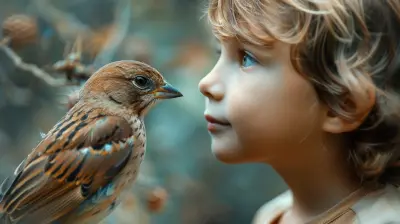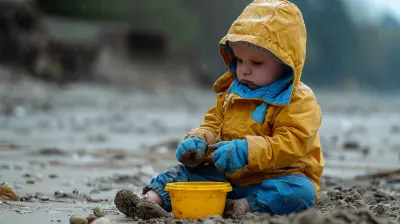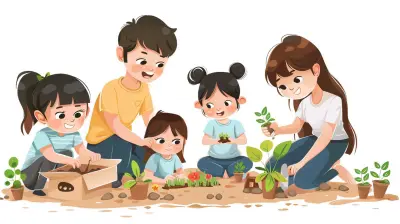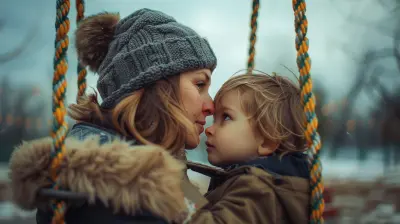Effective Ways to Introduce History and Culture to Young Learners
30 May 2025
As parents, we all want to give our kids the best start in life. While teaching literacy and math often takes center stage, introducing history and culture at an early age is just as important. But let's face it — history can feel like an endless sea of dates, people, and events, and young children might not know where to dip their toes. The trick? Keep it simple, engaging, and relatable.
If you’ve ever wondered how to bring the past to life and share the beauty of human cultures with your little ones, you're in the right place. Let’s dig into some effective ways to make history and culture feel less like homework and more like an exciting adventure for young learners. Ready? Let’s dive in! 
Why Teaching History and Culture Matters
Before we jump into the "how," let’s talk about the "why." Why should young kids learn about history and culture?For starters, it shapes how they see the world. When children understand the past, they can better grasp why things are the way they are today. It builds empathy, too — how can they appreciate the lives of others without knowing where they came from? Learning about different cultures also makes them more tolerant and curious, which are values we all want in our kids, right?
But there’s another reason: It’s their heritage. History isn’t just something written in textbooks; it’s personal. It’s the story of their family, their community, and their identity. When kids connect the dots between their lives and the wider world, something clicks. Suddenly, history becomes their story.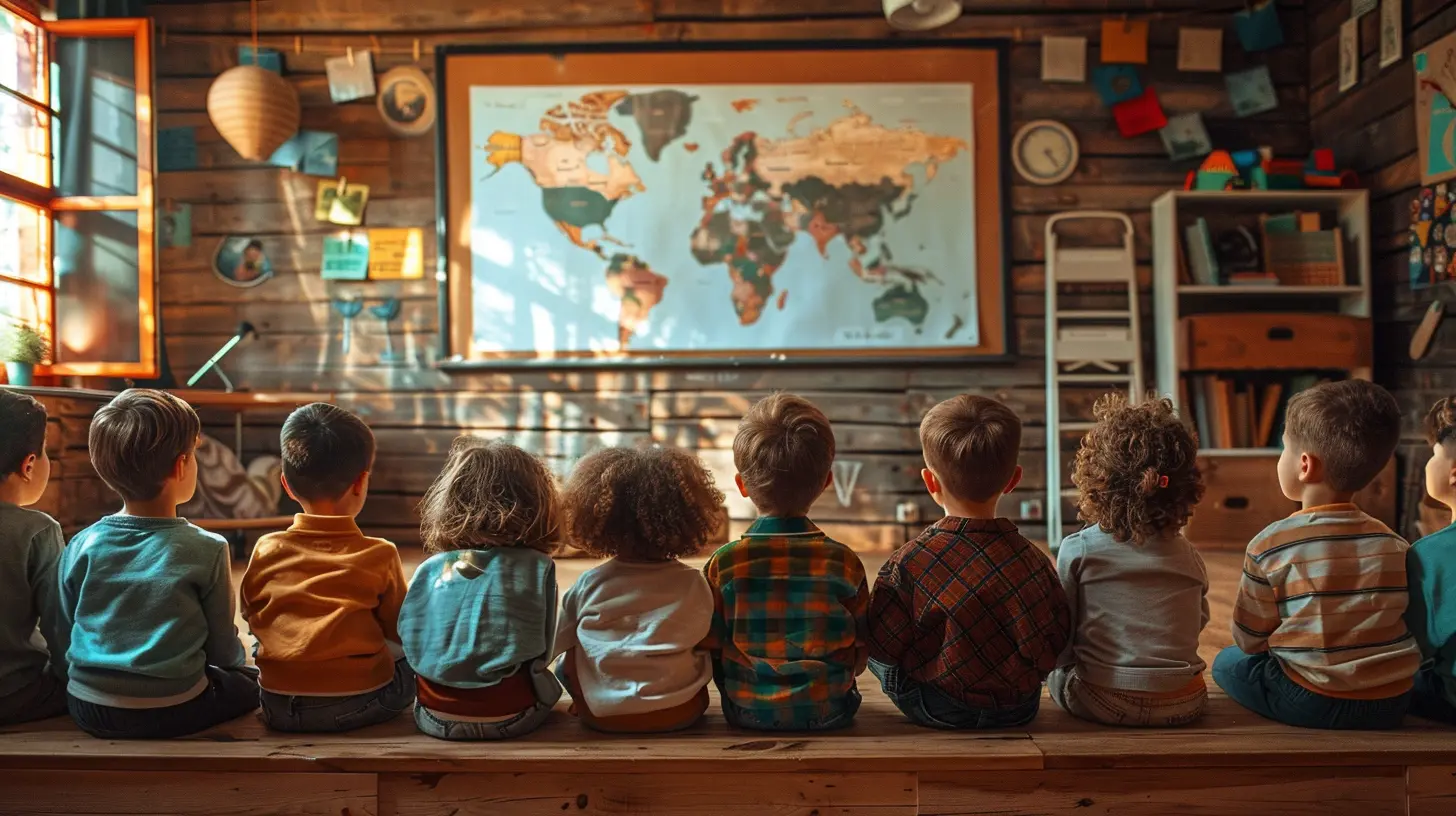
1. Start with Stories, Not Facts
Kids love stories. Think about it — they’re already hooked on tales about princesses, pirates, and superheroes. Why not introduce them to real-life heroes and events in the same way? Instead of rattling off dates or dry facts, frame history as an epic saga full of drama, challenges, and triumphs.For example, when talking about ancient Egypt, don’t just mention pyramids. Share stories about Pharaohs, how they lived, and the legends behind mummies. When discussing the civil rights era, introduce them to figures like Rosa Parks or Martin Luther King Jr. as individuals with real fears, hopes, and dreams. These personal touches make history relatable. 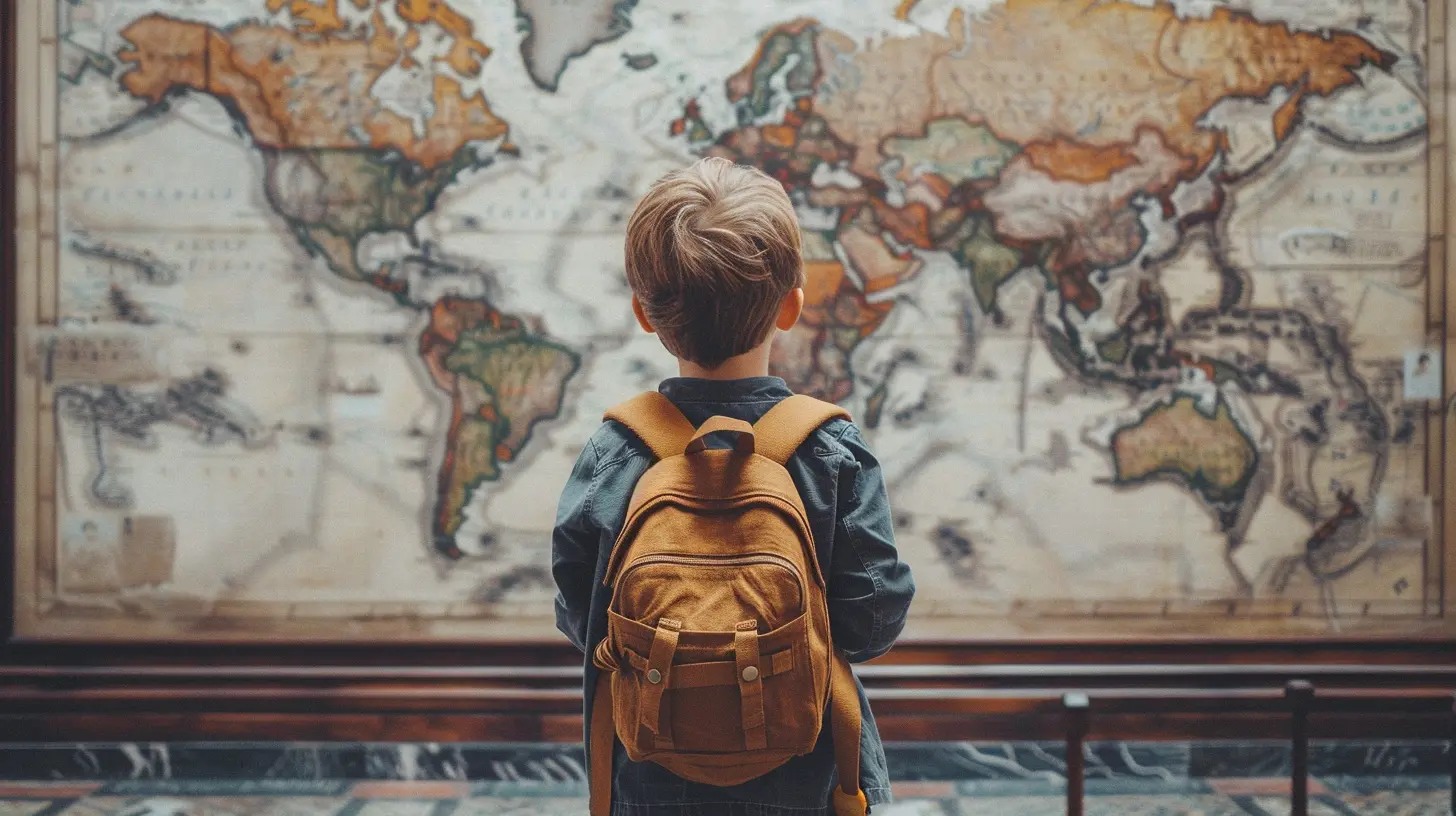
2. Leverage the Power of Play
Kids learn best when they’re having fun. So, why not turn history into a game?- Dress Up: Raid the costume trunk, and encourage your kids to dress like historical figures. Got a bedsheet? Voilà, they’re a Roman senator. Add a cardboard crown, and suddenly, they’re a medieval king or queen.
- Role-Playing: Turn your living room into a time machine! Pretend you’re explorers on Christopher Columbus’s ship or soldiers in George Washington’s army. Acting out events helps kids remember key moments — and makes them feel like part of the story.
- Board Games and Apps: Some fantastic board games and digital apps teach history in creative ways. For instance, games like "Timeline" challenge players to arrange historical events in order, while apps like "Civilizations AR" bring history to life with augmented reality. 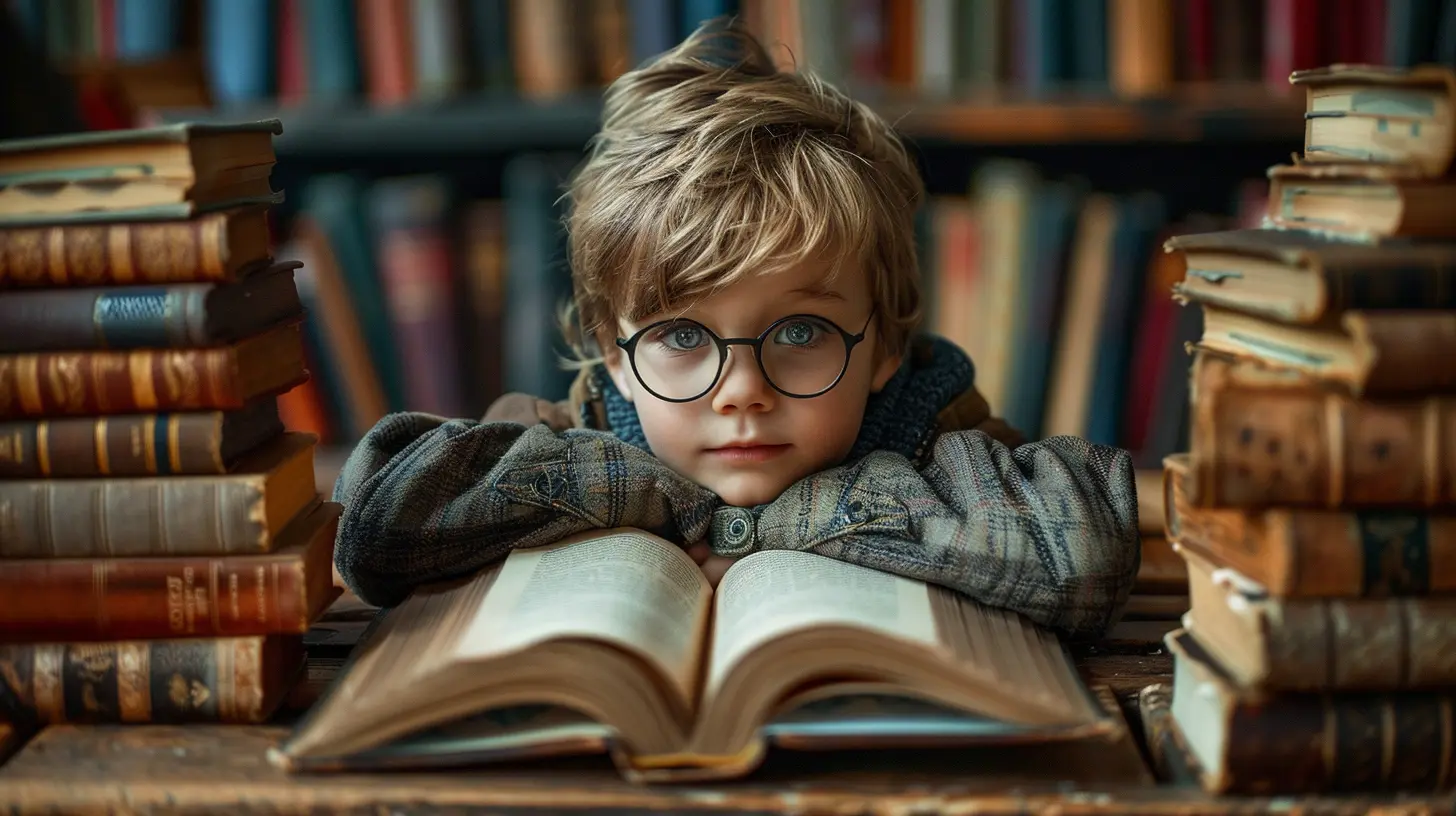
3. Make It Hands-On with Crafts and Activities
Why settle for just telling kids about history when they could recreate it with their own hands?- Crafts: Build a model Viking ship from cardboard, make Native American dreamcatchers, or design Egyptian hieroglyphics on paper. These projects transform abstract concepts into tangible experiences.
- Recipes: You know what’s better than reading about ancient cultures? Tasting them! Make foods inspired by history — bake bread the way ancient Romans did or try traditional dishes from a specific culture. It’s a delicious way to connect kids with history while making memories in the kitchen.
- DIY Archaeology Dig: Bury small artifacts (like coins or pottery) in a sandbox and let your kids dig them up with a spoon and brush. It’s messy, exciting, and sneaks in a science lesson while you’re at it.
4. Use Books That Spark Curiosity
Books are a goldmine when it comes to teaching history and culture. But not just any books — you’ll want ones that captivate rather than bore.Look for children’s books that simplify complex topics into digestible, entertaining stories. Many picture books and historical novels weave history into engaging narratives. A classic example? The “Who Was…?” series, which introduces key historical figures in a fun way. Or, try beautifully illustrated stories from different cultures to introduce diversity.
Also, don’t underestimate the power of mythology and folktales. Stories like “The Boy Who Cried Wolf” or “The Tortoise and the Hare” reveal timeless lessons and give kids a peek into the values of ancient societies.
5. Take Field Trips for a First-Hand Experience
Nothing makes history feel more real than being where it happened. If possible, take your kids to museums, historical sites, or cultural festivals.- Museums: Many museums have interactive exhibits designed for kids. They can try on armor, touch ancient fossils, or even step inside replicas of historical homes.
- Local History: You don’t have to go far! Chances are, your town or city has its own historical landmarks. Visiting a battlefield, an old train station, or a preserved pioneer cabin can spark their interest in the past.
- Festivals: Cultural festivals give kids an up-close-and-personal look at music, food, and traditions from around the world — all while having fun!
6. Turn Movies and TV Shows into Learning Tools
Let’s be real — kids love screen time. So, why not make it educational? There are tons of movies and shows that dramatize history in a way that’s both entertaining and informative. For younger kids, try animated shows like “Liberty’s Kids” or episodes of “Horrible Histories.”For older kids, historical dramas (age-appropriate, of course) can provide a deeper dive into the past. Afterward, use the film as a jumping-off point to discuss what they learned. Did they notice anything inaccurate? What was their favorite part? Keep the conversation going.
7. Share Your Own History and Heritage
Nothing connects kids to history better than learning about their own roots. Share family stories and traditions. Dig out old photo albums, create a family tree together, or talk about where their ancestors came from.If you have heirlooms, like a quilt made by a great-grandparent or an old piece of jewelry, let them see and touch these items. Explain their significance — kids will marvel at how they’re connected to the past in such a personal way.
8. Encourage Open-Mindedness Through Cultural Exposure
Teaching culture isn’t just about the past. It’s about helping kids see the beauty in today’s diverse world. Encourage them to interact with people from different backgrounds, try foods they’ve never tasted before, or learn a few words in a new language.This exposure helps them appreciate that there’s no single “right” way of living life. Rather than fearing differences, they’ll learn to embrace them.
9. Stay Curious Together
Finally, don’t be afraid to say, “I don’t know” when your kids ask tough history or culture questions. Use their curiosity as an opportunity to learn together. Look up answers, watch documentaries, or read books as a team. When kids see that you’re excited about history and culture, they’ll be excited, too.Conclusion
Introducing history and culture to young learners doesn’t have to be overwhelming or dull. With the right approach, you can turn it into a journey filled with stories, hands-on activities, and meaningful connections. By making the past relevant and fun, you’ll spark a lifelong curiosity in your kids — one they’ll carry with them long after they’ve outgrown their toy chest.So, what are you waiting for? Dust off that history book, grab some costumes, or plan a family museum trip. The next chapter of their learning adventure is ready to begin!
all images in this post were generated using AI tools
Category:
Education TipsAuthor:

Liam Huffman
Discussion
rate this article
3 comments
Kristy Wilson
What innovative methods can parents use to spark kids' curiosity about history and culture? I’d love to hear how others have successfully engaged their young learners!
June 6, 2025 at 3:32 AM

Liam Huffman
Parents can spark kids' curiosity by incorporating interactive storytelling, hands-on history projects, virtual museum tours, and cultural cooking sessions. Engaging activities like role-playing historical figures or celebrating cultural festivals at home can also make learning fun and memorable!
Silas Harmon
History: the ultimate bedtime story upgrade!
June 2, 2025 at 3:38 PM

Liam Huffman
Absolutely! History captivates young minds with stories of heroes, adventures, and discoveries, making it the perfect way to spark curiosity and imagination at bedtime!
Viva McKay
Engaging storytelling and hands-on experiences foster children's curiosity about history and culture.
June 2, 2025 at 4:35 AM

Liam Huffman
Thank you! Engaging storytelling and hands-on experiences indeed create a dynamic way for children to connect with history and culture, sparking their curiosity and enhancing their learning.
